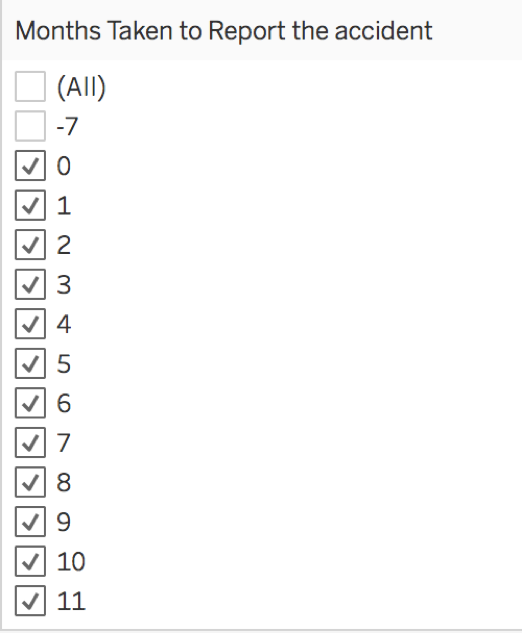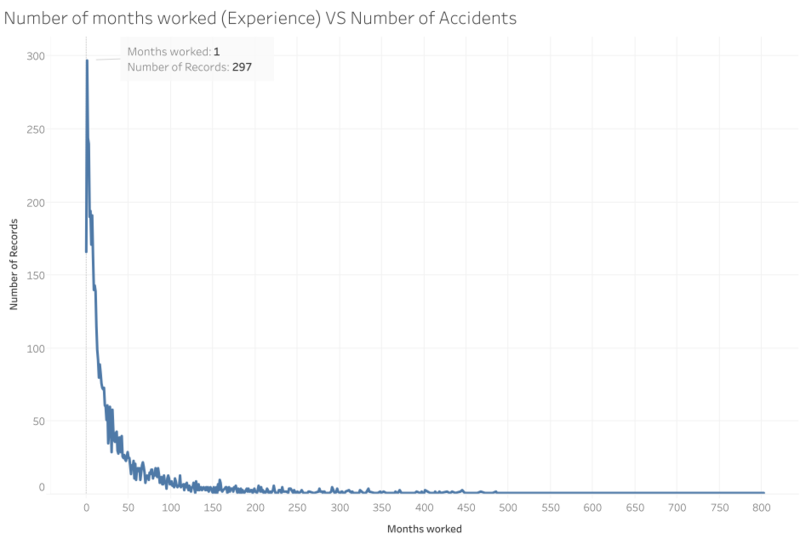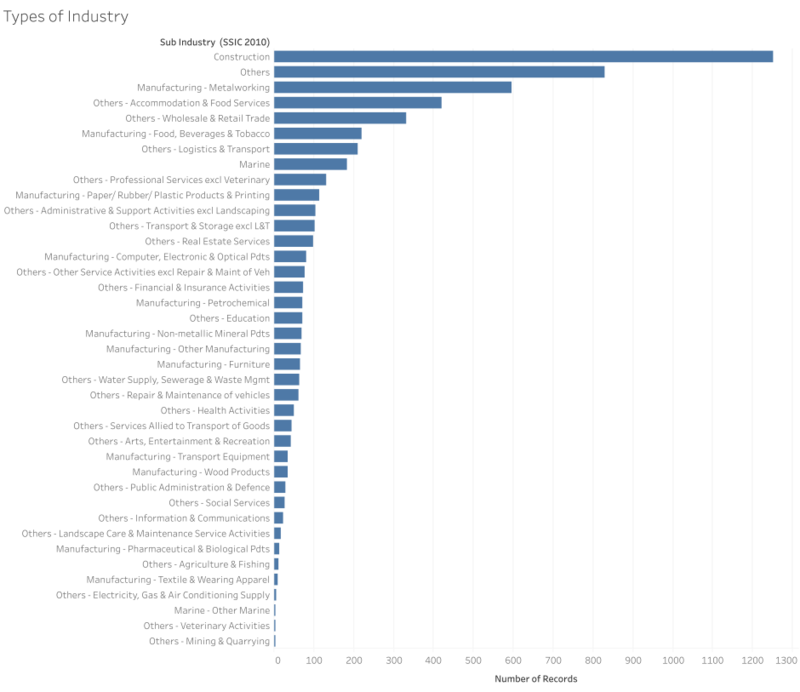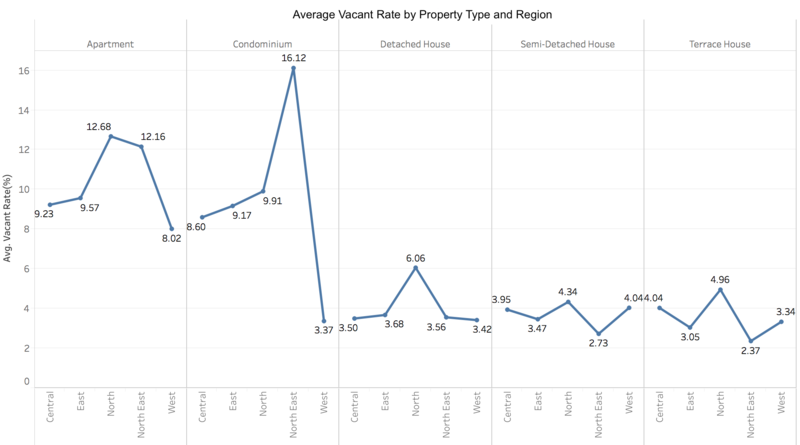IS428 2016-17 Term1 Assign2 Joanne Ong Shi Ying
Contents
Theme of Interest
Singapore is constantly building and upgrading facilities. It is predicted that from 2016 to 2020, the amount of constructions contracts to be rewarded is between S$26 billion to S$37 billion. With a constant demand for construction, it is important to keep the industry with heavy manual work safe for the workers. Furthermore, there has been a rising trend of workplace injuries from 2011 to 2014.
This assignment aims to look at the various factors involve in the occurrence of workplace injuries and the efficiency of companies in reporting the accidents.
Initial Questions to Investigate
- Are experienced employees less prone to injuries?
- How does the number of accidents differ in different industries?
- At which point of the year / day do accidents happen more frequently?
- Is there a relationship between the size of the company / cause of injuries / severity of injuries and the time taken to report the accident?
Data Transformation
Columns Deleted
| Repetitive Columns |
|
| Columns not needed for analysis |
|
Changing of Accident Month Format
The accident month format is in 15/MM/1904 format. Hence, it is changed to MM using the formula below to facilitate the usage of the field.
Calculate the Number of Months Taken to Report the Accident
After changing the format of the accident month, the months taken to report the accident is calculated using the edited accident month format and the reported date using the formula below.
There is a record with -7 months taken to report the accident. It will be excluded from the investigate as it does not make for the accident to be reported before it happened.
Empty Fields
A total of 106 rows have empty fields. The empty fields are being labelled as NIL. Columns affected are: Informant’s Company Postal Code, Supposed Start Work Timing on Day Injured, Months Worked.
Questions Investigation
Question 1: Are experienced employees less prone to injuries?
From the graph, it is observed that as employees become more experienced, they are less prone to accidents and injuries. In 2014, most accidents happened to employees who had only been working for a month.
Question 2: How does the number of accidents differ in different industries?
The construction industry has the most number of accidents, followed by others and metalworking manufacturing. However, this relationship might be too simplistic, hence I have decided to include percentage of manual work to further investigate.
Is there any relationship between the percentage of manual work in different industries and the number of accidents?





